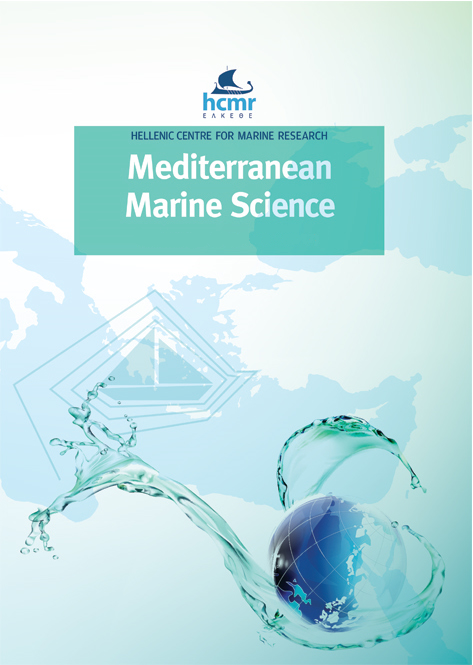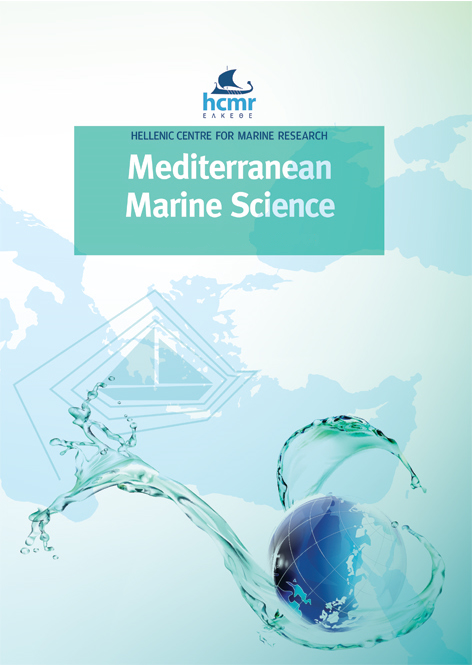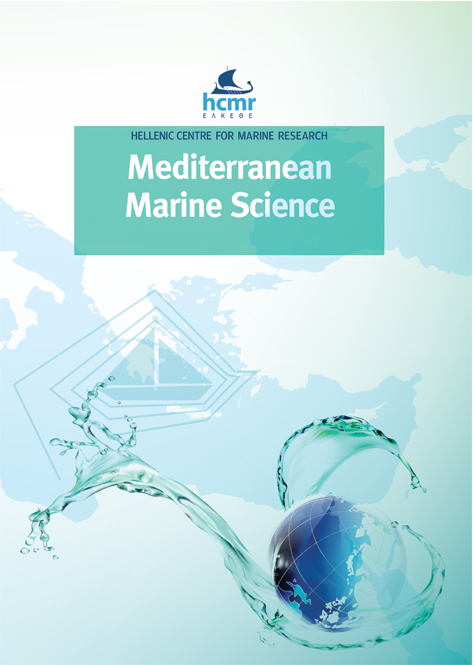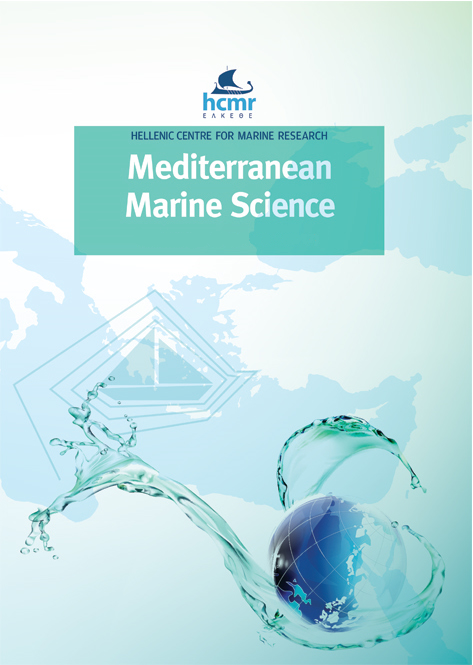Investigation on the genus Squalus in the Sardinian waters (Central-Western Mediterranean) with implications on its management

Abstract
In the Mediterranean Sea, in addition to the two historically known species belonging to the Squalus genus, a third species, Squalus megalops, has been reported. Considering the high level of morphologic similarity of this species with the native species S. blainville, this study aims to evaluate the Central-Western Mediterranean spurdog population in order to test the hypothesis of the presence of two distinct species S. blainville and S. megalops. A total of 137 spurdogs, caught in the Sardinian waters, were analyzed morphologically and genetically after their subdivision into two groups depending on the number of the lateral processes in the chondrocranium basal plate. The CAP analysis, employing all body and chondrocranial measurements, revealed no clear segregation among the a priori assigned groups with a high misclassification percentage. Besides, no evident dissimilarities in teeth and dermal denticle morphology between the two groups were observed. All the 18 specimens which were genetically analyzed, by sequencing of the mtDNA marker COI, clustered together resulting to be S. blainville. All the obtained results indicated the presence, in the study area, of only one species, ascribable to S. blainville.
Article Details
- How to Cite
-
BELLODI, A., PORCU, C., CAU, A., MARONGIU, M. F., MELIS, R., MULAS, A., PESCI, P., FOLLESA, M. C., & CANNAS, R. (2018). Investigation on the genus Squalus in the Sardinian waters (Central-Western Mediterranean) with implications on its management. Mediterranean Marine Science, 19(2), 256–272. https://doi.org/10.12681/mms.15426
- Issue
- Vol. 19 No. 2 (2018)
- Section
- Research Article
Authors who publish with this journal agree to the following terms:
- Authors retain copyright and grant the journal right of first publication with the work simultaneously licensed under a Creative Commons Attribution Non-Commercial License that allows others to share the work with an acknowledgement of the work's authorship and initial publication in this journal.
- Authors are able to enter into separate, additional contractual arrangements for the non-exclusive distribution of the journal's published version of the work (e.g. post it to an institutional repository or publish it in a book), with an acknowledgement of its initial publication in this journal.
- Authors are permitted and encouraged to post their work online (preferably in institutional repositories or on their website) prior to and during the submission process, as it can lead to productive exchanges, as well as earlier and greater citation of published work (See The Effect of Open Access).









